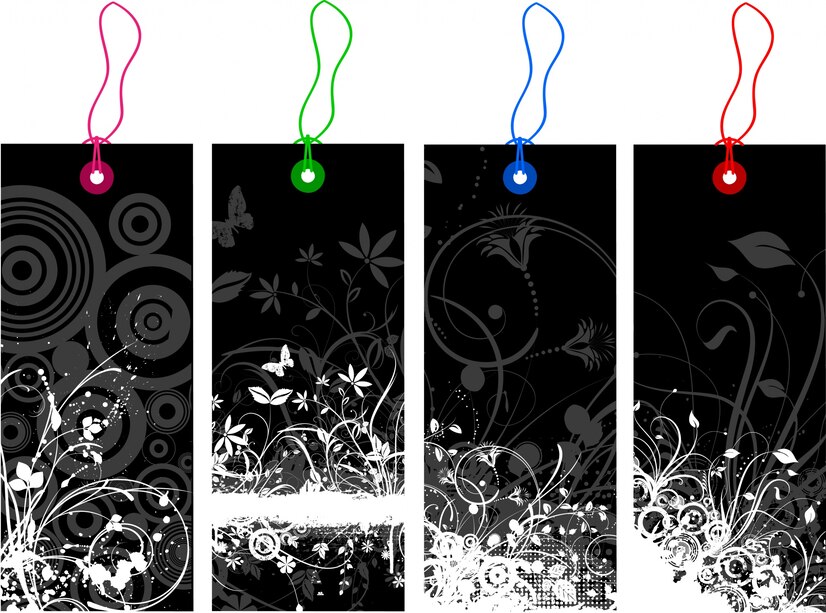Decorative transfers have revolutionized the way we approach DIY projects, offering an easy and affordable way to personalize furniture, walls, and home accessories. But what exactly are decorative transfers, and how can you use them to transform your space? This guide covers everything you need to know, from understanding what they are to mastering their application, and why they are the go-to choice for DIY enthusiasts and professionals alike.
What Is a Decorative Transfer?
A decorative transfer is a thin, adhesive-backed design that can be transferred onto a surface using pressure, heat, or rubbing. These designs come in a wide variety of patterns, styles, and sizes, ranging from vintage floral patterns to modern geometric shapes. Unlike decals or stencils, decorative transfers are designed to seamlessly blend with the surface, creating a professional, painted-on effect.
The popularity of decorative transfers has surged in recent years due to their versatility. They are commonly used for furniture makeovers, home décor projects, and even crafting personalized gifts. Whether you’re a beginner or a seasoned DIYer, decorative transfers offer an accessible way to elevate your creativity.
How Do Decorative Transfers Work?
Decorative transfers are incredibly user-friendly. Here’s a step-by-step explanation of how they work:
- Choose the Right Design: Select a decorative transfer that matches the style and scale of your project.
- Prepare the Surface: Ensure the surface is clean, dry, and smooth. Sand or prime surfaces if necessary.
- Position the Transfer: Place the transfer sheet on the desired surface, adhesive side down, and tape it in place to avoid shifting.
- Apply the Transfer: Use a burnishing tool or applicator stick to rub the design onto the surface. Apply even pressure to ensure the entire design transfers smoothly.
- Seal the Design: For added durability, seal the transferred design with a clear coat, wax, or varnish.
With these simple steps, you can achieve stunning results that look professionally crafted.
Materials and Tools You’ll Need
To get started with decorative transfers, you’ll need the following:
- Transfer sheets (available in various designs and sizes)
- Burnishing tool or applicator stick
- Cleaning cloths
- Sandpaper (optional, for surface preparation)
- Clear coat, wax, or varnish (for sealing)
For budget-friendly options, consider exploring local craft stores or online marketplaces that offer bundles of decorative transfers.
Advantages of Using Decorative Transfers
Decorative transfers come with several benefits that make them a favorite among DIY enthusiasts:
- Easy to Use: They don’t require advanced skills or specialized equipment.
- Versatility: Suitable for various surfaces, including wood, glass, metal, and fabric.
- Cost-Effective: Achieve a high-end look without spending a fortune.
- Durability: Properly applied and sealed transfers can last for years.
Comparison Chart: Decorative Transfers vs. Decals vs. Stencils
| Feature | Decorative Transfers | Decals | Stencils |
|---|---|---|---|
| Application | Rub-on/Heat press | Peel and stick | Paint over |
| Surface Texture | Blends seamlessly | Raised edges | Painted edges |
| Durability | High (with sealing) | Moderate | High |
| Skill Level | Beginner-friendly | Beginner | Intermediate |
Popular Applications for Decorative Transfers
Decorative transfers are incredibly versatile and can be used in various ways:
- Furniture Makeovers: Revamp old dressers, tables, and cabinets with stylish designs.
- Wall Décor: Create stunning accent walls or murals.
- Home Accessories: Personalize jars, planters, and trays for a cohesive look.
- Fabric Customization: Add unique designs to cushions, tote bags, or even T-shirts.
Before-and-after visuals can provide inspiration for your next project, showcasing the dramatic transformations possible with decorative transfers.
How to Choose the Right Decorative Transfer for Your Project
When selecting a decorative transfer, consider these factors:
- Design Style: Match the transfer design to your existing décor style, whether modern, vintage, or minimalist.
- Surface Compatibility: Ensure the transfer adheres well to the material you’re working with.
- Size and Scale: Choose a design that complements the dimensions of your project.
Common Mistakes to Avoid
Avoid these pitfalls for a flawless decorative transfer application:
- Skipping Surface Preparation: Ensure the surface is smooth and clean for optimal adhesion.
- Misalignment: Use painter’s tape to secure the transfer in place before applying.
- Forgetting to Seal: Protect the design with a clear coat or wax to prevent peeling or fading.
If you encounter bubbles or edges that won’t stick, gently lift the transfer and reapply pressure with the burnishing tool.
Where to Buy Decorative Transfers
Decorative transfers are widely available both online and in physical stores. Some popular options include:
- Online marketplaces like Etsy, Amazon, and specialist craft websites.
- Local craft stores that stock transfer sheets and tools.
- Boutique shops offering unique, artisan designs.
When shopping online, check reviews and product descriptions to ensure quality and reliability.
Step-by-Step DIY Project: Transforming an Old Chair
Revive an old wooden chair with a decorative transfer in this simple DIY project:
- Clean and Sand the Chair: Remove dust, dirt, and old finishes.
- Prime the Surface: Apply a coat of primer to create a smooth base.
- Choose and Position the Transfer: Select a design that complements the chair’s style and size.
- Apply the Transfer: Rub the design onto the chair using a burnishing tool.
- Seal the Design: Finish with a clear coat for protection and a polished look.
This project is an excellent way to practice your decorative transfer skills while creating a unique piece of furniture.
Conclusion
Decorative transfers are a versatile, cost-effective, and beginner-friendly way to transform your space. Whether you’re looking to personalize furniture, add charm to your walls, or create unique home accessories, decorative transfers offer endless creative possibilities. With proper preparation and application, you can achieve professional-quality results that elevate your décor.
Ready to get started? Explore designs, gather your materials, and bring your creative vision to life today!
FAQs
Can I use decorative transfers outdoors?
Yes, but it’s essential to use weather-resistant sealants to protect the design from moisture and UV exposure.
How long do decorative transfers last?
When properly sealed, decorative transfers can last for several years without fading or peeling.
Are decorative transfers reusable?
No, decorative transfers are designed for single use. Once applied, they cannot be removed and reused.
What surfaces work best for decorative transfers?
Smooth, non-porous surfaces like wood, glass, metal, and plastic work best. Rough or uneven surfaces may affect adhesion.
Do I need to seal decorative transfers?
Yes, sealing is highly recommended to protect the design and ensure long-lasting results.
Can I make my own decorative transfers?
Yes, you can create custom designs using printable transfer paper and a standard printer, but professionally made transfers often provide higher quality and durability.










